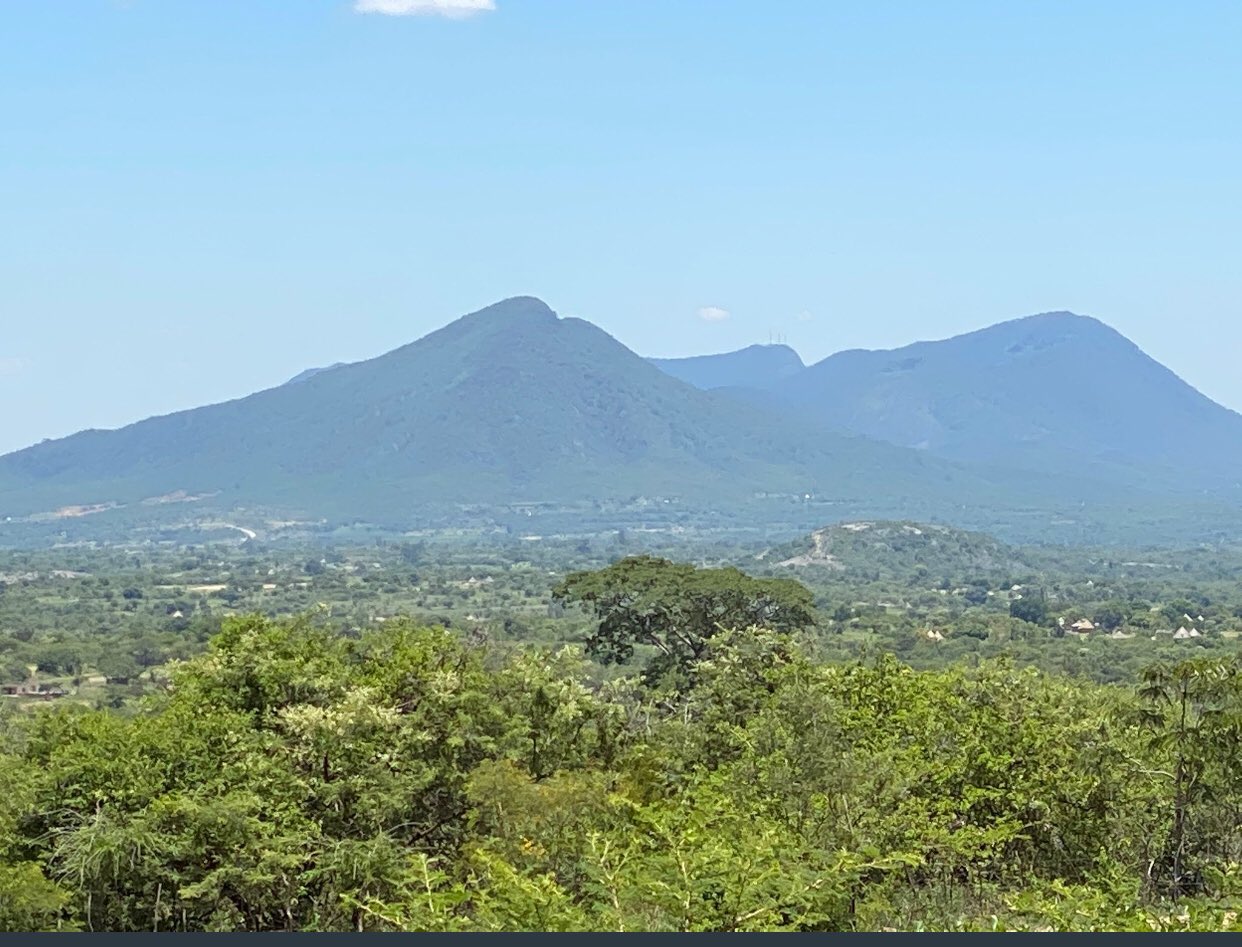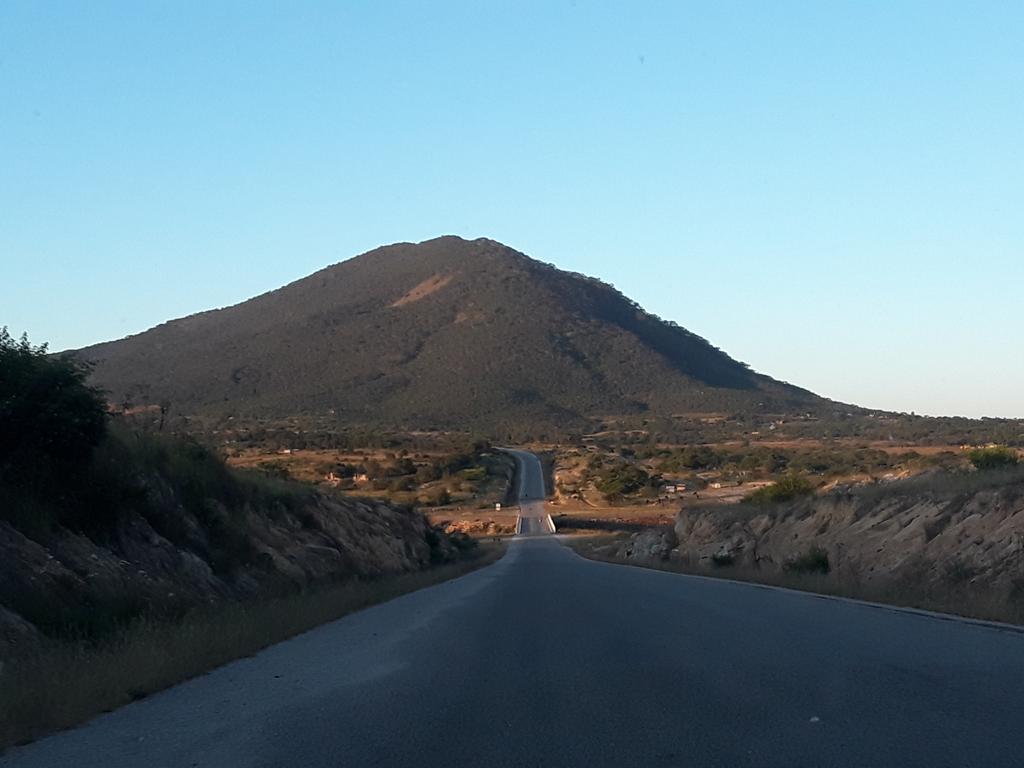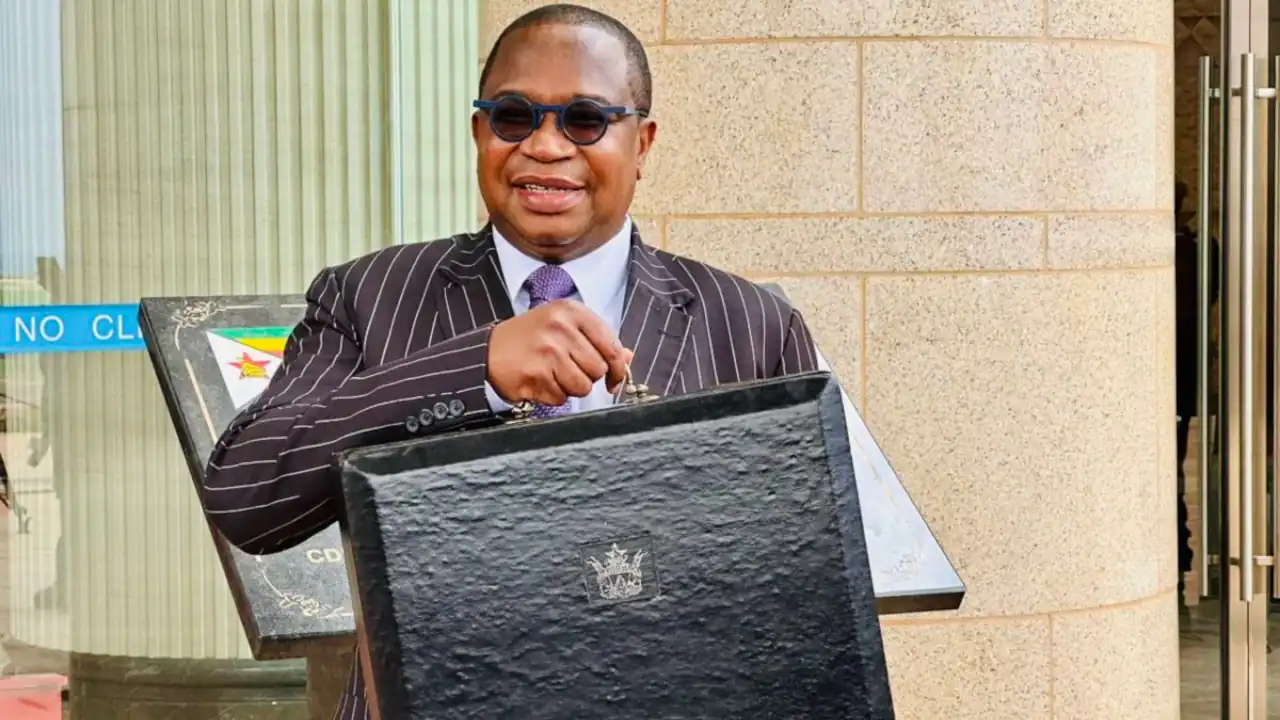Hwedza, alternatively known as Wedza, is a district situated in the Mashonaland East province of Zimbabwe.
Located approximately 50 kilometres south of Marondera and 127 kilometres south of Harare, this region boasts a rich history, cultural significance, and distinctive geographical features.
ALSO READ: https://zimprofiles.com/exploring-tsholotsho-a-comprehensive-journey-into-history-and-culture/

Navigating Hwedza: Picture credit to X @ Makamure Falls
Origins of the Name
The name “Hwedza” translates to “the lighting of the sun” or “twilight.”
According to local myth, it is derived from the ancient town’s location, situated on the other side of a dense forest.
In the pre-colonial era, Hwedza was known as Mbire, a crucial area for iron mining by the Mbire people of the Soko Clan during the 9th-12th centuries.
The origin of the name “Hwedza” has two potential interpretations, both rooted in the Shona language of Zimbabwe:
1. “Place of wealth”: This interpretation suggests the name comes from the word “kuhwa,” meaning “to mine,” and “pfuma,” meaning “wealth.” This aligns with the historical presence of early inhabitants, the Mbire people, who mined iron in the Hwedza hills during the 9th-12th centuries.
2. “Always tomorrow”: This interpretation derives from the phrase “kuswerahwedza,” meaning “the day after tomorrow.” This refers to the many hills in the area and the long, arduous journey it could take to reach the other side, requiring two days.
It’s worth noting that some sources use the spelling “Wedza” for both the town and the district, while others use “Hwedza.” Both spellings are considered valid and refer to the same place.
Therefore, the origin of “Hwedza” likely carries a double meaning, reflecting both its historical association with resource extraction and the geographical characteristics of the area.
History
Hwedza’s history traces back to 1910 when a village was established by the Colonial administration.
The hills surrounding the village were mined for gold, beryl, nickel, tungsten, and grayite, although these deposits proved insufficient for sustainable commercial mining.
Hwedza’s history holds valuable cultural and economic significance, spanning centuries:
Early Inhabitants:
- 9th-12th centuries: The Mbire people of the Soko Clan, known for iron mining, inhabited the Hwedza hills, potentially giving rise to the name “place of wealth.”
Colonial Era:
- 1910: The colonial administration established the village of Wedza.
- Mining: Gold, beryl, nickel, tungsten, and graphite were mined in the surrounding hills, though not commercially viable in the long run.
- Land Dispossession: Indigenous communities faced land dispossession and displacement.
Post-Independence:
- Education and Healthcare: Efforts towards improving education and healthcare access were undertaken.
- Conservation: Wildlife conservation initiatives arose, like Imire Rhino & Wildlife Conservation, protecting endangered species and promoting tourism.
- Challenges: However, Hwedza still faces challenges related to poverty, limited resources, and infrastructure development.
Additional Points:
- Imire: “The Meeting Place” historically served as a resting point for cattle herders traveling long distances, reflecting the area’s historical significance.
- Culture: Hwedza boasts rich cultural traditions like music, dance, and storytelling, showcasing the enduring spirit of its people.
- Community Efforts: Local initiatives by residents and organizations contribute to improving socio-economic conditions.
Remember, this is just a brief overview. To delve deeper, consider exploring:
- Local museums or historical sites, like Imire Rhino & Wildlife Conservation’s historical exhibits.
- Books and articles on the history of Zimbabwe and Mashonaland East.
- Engaging with local communities and organizations working in Hwedza.
ALSO READ: https://zimprofiles.com/get-to-know-buhera-and-nice-places-to-visit/
Culture

Navigating Hwedza: Picture credit to Alchetron
The cultural significance of Hwedza is rooted in its iron mining heritage, with iron being crucial for both wealth and ceremonial purposes.
The iron was crafted into farming implements like hoes and axes, essential for traditional marriage ceremonies.
Additionally, the district is known for mazhanje/mashuku, a wild fruit harvested between late October and early December.
The culture around Hwedza is vibrant and diverse, drawing from its rich history, Shona traditions, and modern influences. Here’s a glimpse into some key aspects:
Traditional Practices:
- Religion: Many in Hwedza adhere to a combination of traditional Shona beliefs and Christianity. Ancestral veneration and spirit mediums (“vadzimu” and “svikiro”) play a significant role in spiritual life.
- Music and Dance: Traditional music and dance are deeply ingrained in cultural identity. Instruments like mbira, drums, and hosho accompany vibrant dances like mhande, jerusarema, and muchongoyo.
- Storytelling: Folktales, myths, and proverbs (“tsvimbo”) passed down through generations serve as social commentary, entertainment, and historical preservation.
- Crafts: Basket weaving, pottery, wood carving, and beadwork are practiced, often using locally sourced materials and depicting traditional motifs.
- Food: Traditional staples like sadza (maize meal porridge), vegetables, and meat form the base of the diet. Dishes like chima, nhopi, and mutakura are popular.
Modern Influences:
- Education: Schools teach Shona and English, contributing to cultural exchange and modernization.
- Religion: Christian churches offer alternative spiritual practices and community engagement.
- Technology: Mobile phones, radio, and television bring global influences and modern entertainment.
- Fashion: Western styles combine with traditional attire, reflecting changing preferences and globalization.
- Livelihoods: Alongside subsistence farming, many pursue formal employment or small businesses in towns like Wedza and Marondera.
Community Life:
- Family and kinship: Strong family ties and communal support systems are central to Shona culture, evident in extended families and village life.
- Traditional leadership: Chiefs and headmen (“madzibaba”) hold respect and influence, upholding customary laws and settling disputes.
- Celebrations: Ceremonies like “kurova guva” (rainmaking) and “bira” (feasts) mark important occasions and strengthen community bonds.
Challenges and Adaptations:
- Migration: Youths often migrate to cities for education and opportunities, impacting traditional lifestyles.
- Economic hardship: Poverty and limited resources necessitate resilience and adaptation in daily life.
- Climate change: Droughts and changing weather patterns affect agriculture and traditional practices.
Understanding the intricate and evolving cultural tapestry of Hwedza requires appreciating its historical roots, traditional practices, modern influences, and ongoing adaptations.
Remember, this is just a starting point. To gain deeper insights, you can:
- Interact with local communities and cultural groups.
- Attend traditional ceremonies and cultural events.
- Explore museums and cultural centres in the area.
- Read books and articles about Shona culture and Hwedza’s specific traditions.
ALSO READ: https://zimprofiles.com/lupane-unveiling-the-ndebele-legacy-in-zimbabwes-heartland/
Geographical Location

Navigating Hwedza: Picture credit to Mountain Quest
Under the administration of Chief Svosve and with Chief Ruzane’s influence, Hwedza is well-connected to other towns via tarred roads.
Rusunzwe and Gandamasungo, part of the prominent Wedza mountain range, are notable geographical features.
The district is bordered by the Save River to the west and the Ruzave (Ruzawi) river to the east.
Hwedza, also spelt Wedza, is a district located in the Mashonaland East Province of Zimbabwe. It’s situated about 50 kilometres south of Marondera and 127 kilometres south of Harare, the capital city of Zimbabwe. Here’s a map to illustrate its location:
Here’s a closer look at Hwedza’s geographical features:
- Boundaries:
- West: Save River
- East: Ruzave (Ruzawi) River
- Other notable rivers: Nyamidzi, Mhare, Nyamhembe, and Chineyi
- Hills: Rusunzwe and Gandamasungo, form the famous Wedza mountain range
- Altitude: Approximately 1,425 meters above sea level
Hwedza’s geographical location has played a significant role in its history and development.
The presence of rivers and fertile land supported agriculture, while the hills held mineral deposits that attracted early inhabitants for mining.
The proximity to major cities like Harare and Marondera provides access to markets and other opportunities.
However, the region also faces challenges due to its location, such as being prone to droughts and limited infrastructure development in some areas.
Schools in Hwedza
Hwedza boasts several educational institutions, including notable schools like St Annes Goto, Mt St Marys, Chemhanza, and Hwedza High School.
These institutions play a vital role in shaping the educational landscape of the district.
Council Contacts
For inquiries related to the Hwedza Rural District Council, you can contact them through the following details:
- Phone: 077 839 7734
- Email: hwedzardc@gmail.com
- Official Website
Police Contacts
The district’s law enforcement can be reached at the local police contacts.
(0222) 22313-5
ALSO READ: https://zimprofiles.com/get-to-know-muzarabani-and-its-mystries/
Economy
Historically, Hwedza’s core business revolved around farming and related service industries. However, disruptions to commercial agriculture, particularly due to the Land Reform Project in 2000, significantly impacted the local economy. The seizure of farms led to job losses and economic challenges.
Agriculture
Despite challenges, Hwedza presents diverse agricultural opportunities. Tobacco, maize, and paprika were known crops in certain areas, while tobacco remains the dominant field crop today. Groundnuts are also widely grown by households.
Tourism
The presence of Imire Game Park within the district makes Hwedza an attractive location for safari trips. Unfortunately, the park has faced challenges, including poaching incidents that have affected its rhinoceros breeding programme.
Notable People

Navigating Hwedza: Picture credit to Alex T Magaisa X
Several notable individuals have emerged from Hwedza, including General Constantino Chiwenga, George Tawengwa, and Paul Tangi Mhova Mkondo.
These figures have made contributions to various fields such as politics, business, and sports.
References
- Wikipedia – Wedza District
- Author: Not specified
- Date Published: Not specified
- Pindula – Wedza
- Author: Not specified
- Date Published: Not specified



